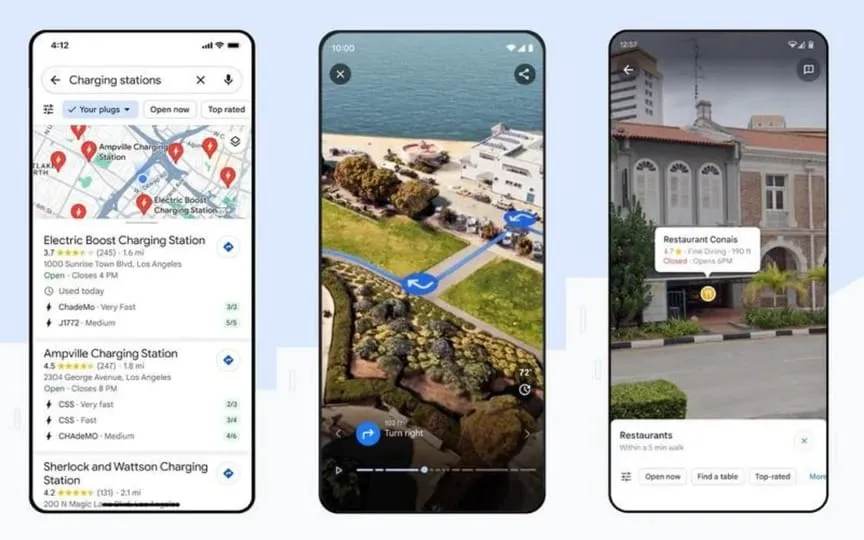Uncovering the Secrets of Google Maps: Protecting You from Fake and Unhelpful Content!
Google Maps has provided information on how it actively identifies and addresses fake and unhelpful content on its redesigned platform. The platform has undergone significant updates, including Immersive View, new AI capabilities, and a fresh color scheme. However, these enhancements have increased the need to protect the platform from false reviews and misleading information. Google has outlined three strategies it is employing to combat such content and ensure a secure experience for its users. Let’s explore these approaches.
Google Maps posted a blog post: “With more than 20 million reviews, photos, business hours updates, and other content added to Maps every day, we’re committed to ensuring that information is accurate and that useless content is removed… we’re sharing three ways we stop posting content that violates our policies.”
How Google Maps keeps out harmful content
The first method implemented by Google Maps is to respond quickly to real-time abuse. The post explains that Google’s systems constantly monitor and look for unusual patterns in content added to the platform. For example, a sudden spike in an institution’s one-star ratings would trigger this mechanism and highlight the potential for a harmful downvote. When you find harmful content, Google will quickly take corrective action, which may include removing the offending content or temporarily disabling new additions.
Second, Google Maps also takes steps to prevent abuse before sensitive moments. The post stated: “For example, around election time, U.S. polling places tend to receive donations unrelated to the actual experience of visiting that location. As a result, in 2020 we limited people’s ability to suggest changes to phone numbers, addresses, and other factual information at places like polling sites to prevent the spread of election-related misinformation.”
Finally, the platform is also investing in longer-term protections in places where it has found contributions made by users to be consistently useless, harmful or off-topic. According to Google, such places are places where people go without a choice or because they are ordered there, for example police stations and prisons.
“A set of frameworks helps us assess how useful user input can be on these types of sites, and based on the results, we may apply restrictions ranging from limiting contributions to blocking certain types of content to blocking content that is added altogether,” it added.




